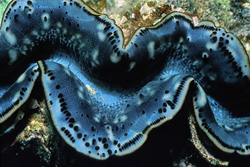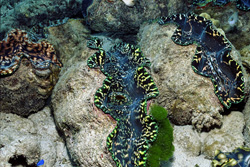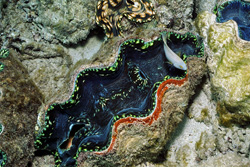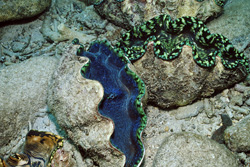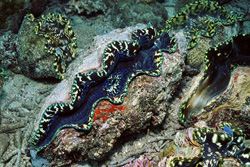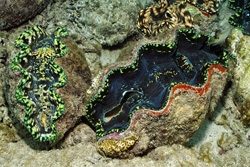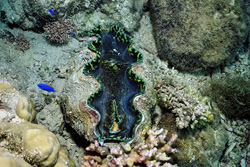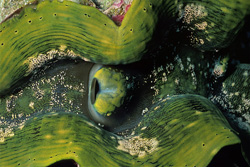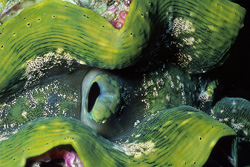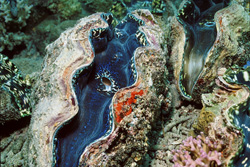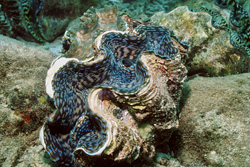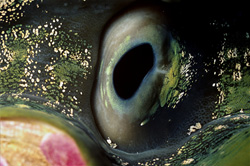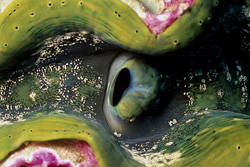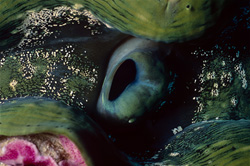Discover the Diversity and Beauty of Shells in Underwater Worlds
Shells are fascinating marine organisms inhabiting the diverse underwater worlds of Fiji and the Red Sea. Particularly, giant clams (Tridacna) and pen shells (Pinna bicolor) showcase an impressive variety of shapes and colors. Giant Clams can reach remarkable sizes of over a meter and play a crucial role in the coral reef ecosystems. Their vibrant shells are not only aesthetically pleasing but also indicators of reef health. In addition to clams, a multitude of spiral tube worms and coral fish enliven the underwater landscape. The Pinna bicolor from Namenalala differs from its Mediterranean counterpart Pinna nobilis in size and unique coloration, making it an intriguing subject for divers and scientists. These pen shells are not only visually attractive but also ecologically significant, contributing to the stabilization of the seabed and providing habitats for numerous marine organisms. The areas around Namenalala and the Red Sea offer ideal conditions for research and understanding of marine biology as well as the preservation of marine ecosystems. With their unique color patterns and sturdy structures, shells are a central component of marine biodiversity, deserving protection and conservation. Documenting these shell varieties through high-quality images allows showcasing the beauty and complexity of these marine treasures to an international audience and raising awareness for the protection of the marine environment.


